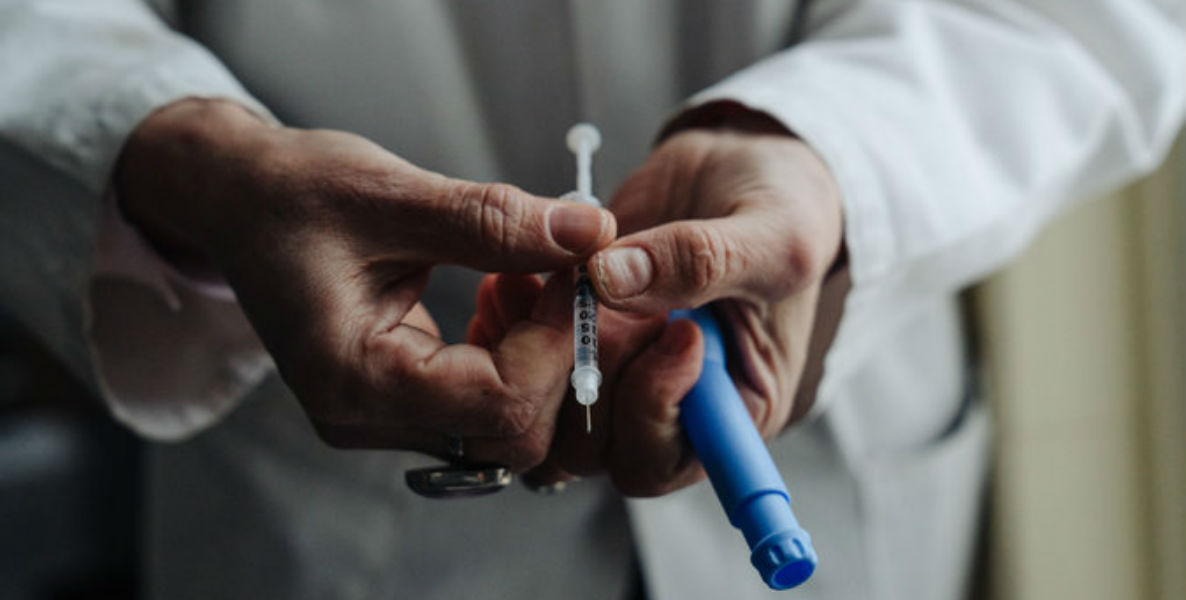My road to the Final Four began in 2012. That year, I read about a town called Buford, a suburb of Atlanta. In one year, two students and one coach died of sudden cardiac arrest: Adam Smith, Jeremy Nelson and Ryan Daniel. It had been a while since I thought that sudden cardiac arrest was just an adult thing—but even then, this was a shock.
Sudden cardiac arrest became relevant in my life in 2005, when my three-month year old son, Simon, died while taking a nap. Our pediatricians told us to get our hearts checked because babies don’t just die. My wife, Phyllis, was diagnosed with Long QT Syndrome, an arrhythmia, that has been linked to up to 12 percent of all sudden infant deaths (SIDS). We learned that heart conditions also caused students to suddenly collapse and die, like the stories above.
We started providing free youth heart screenings in Philadelphia, but in 2012, we headed to Atlanta for the Final Four. That year, the Kentucky Wildcats won the tournament, and we screened over 200 students in partnership with the Cardiovascular Group. This week, I’m heading to Minneapolis, for our fifth trip to the Final Four, to screen students at Washburn High School.
There will be many stats thrown around this weekend, like that half the teams in the Final Four are making their first time appearance. We probably won’t hear that 1 out of 3,100 Division I male basketball players is at risk of sudden cardiac arrest. It is the leading cause of death of student athletes.
We’ll likely hear the broadcasters second-guess some of the plays and calls leading up to this weekend. What if Ty Jerome (Virginia) accidentally makes the second free throw or Mamadi Diakite doesn’t get the ball into the backcourt? What if the referees see Tariq Owens (Texas Tech) step out of bounds? Is the Final Four still the same?
We probably won’t hear much banter around the heart. We could. What if Shareef O’Neal, power forward at UCLA, plays this season? What if he doesn’t “feel funny” during summer practice, go see his doctor and discover a serious heart condition? What if Chelby Frazier, senior guard at Robert Morris, doesn’t collapse and die on the court during a pick up game in August?
We’ll hear about the young men who go on to play at the next level. We won’t hear anything about an NBA policy that requires players to undergo an intensive heart screening. The NBA was the first professional league to require this exam.
I’m thrilled for the 60 young men who get drafted every year. I am worried about the other 18,662, or 99 percent, who will not. Students should not have to have one shining moment to qualify for one screening moment.
I go to the Final Four because students should not have to wait that long or be that good at basketball to get this standard of care—a $25 exam. A recent study of NCAA athletes (funded in part by Simon’s Heart) showed that physical exams alone missed 77 percent of the heart conditions discovered with an electrocardiogram. Consider this. The 250th best shooter in the tournament this year misses 56 percent of his shots. He wouldn’t be on the team if he missed 77 percent of them. But, he’s allowed to be on the team after getting an exam that misses 77 percent of potentially-fatal heart conditions.
This weekend is about college basketball, but heart screenings should be for everyone, student athletes or not. Visit Screen Across America to find an organization that provides heart screenings near where you live. If I don’t see you this weekend in Minneapolis, bring your child to our next screening on April 27 in Philadelphia.
Darren Sudman is CEO/Founder of SIMON’S Heart, a nonprofit dedicated to raising awareness about the warning signs and conditions that lead to sudden cardiac arrest and death in children.
Photo via Simon's Heart Facebook







